Warriors locker room bomb + efficiency at the bottom! In-depth analysis: Why Kumingga makes management more desperate than Wiseman
3:58am, 27 July 2025Basketball
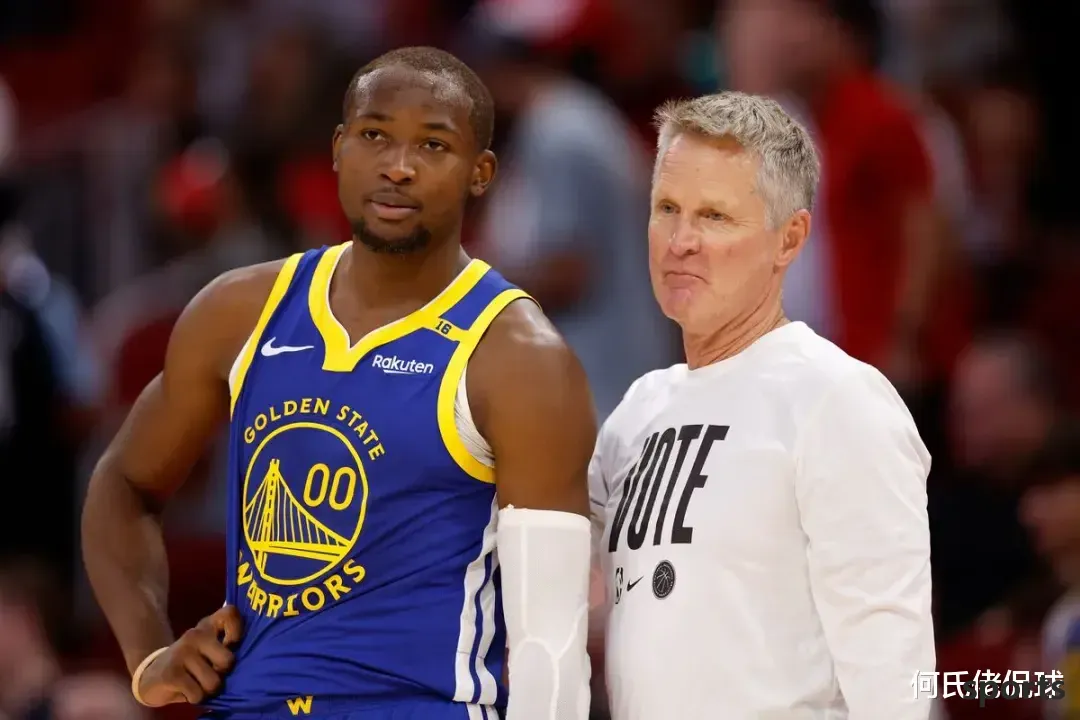
The No. 7 pick in the first round is enough to become a young man that the team focuses on training. However, if such a young player has outstanding talent and potential, and has the ability to be fully developed, will a team be willing to keep him with a high salary? In the 2025 offseason farce, Kumingga's stay or stay is a shameful thing for both players and teams.
1. The collective awakening after the entire league was struggling with the team
Because of the renewal issue, Kumingga is not the only one who has had a strife with the team. The Nets and the Train Cameron Thomas' contract renewal is actually even more ugly than Kumingga. Thomas wants to ask for an annual salary of 30 million. Obviously, he is very confident in his value in the market. After all, he averages 24.0 points, 3.3 rebounds and 3.8 assists per game. It is indeed very powerful on the offensive end, but no one in the league came to him.
So the Nets gave the train a qualification offer of $28.2 million for two years, emmmmm... What's even more shameful is that the second year of the two-year offer is still the team option, which is not much different from humiliation.
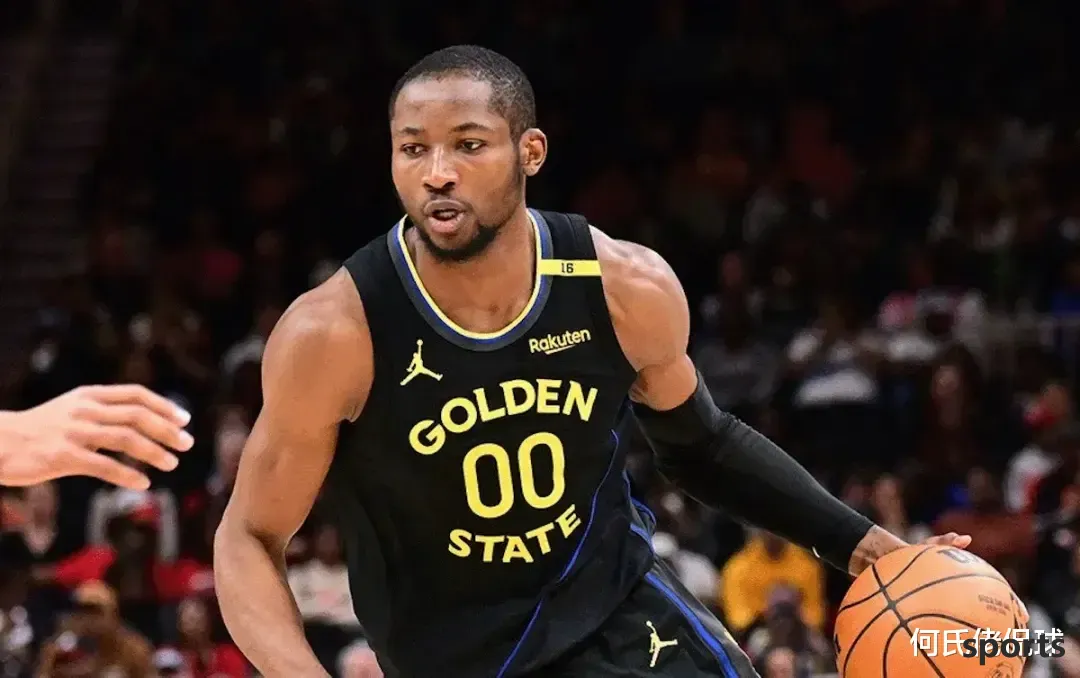
Another player who also asked for an annual salary of 30 million was Gideon of the Bulls. The defender who shined in the second half of last season wanted a five-year, $150 million contract, but the Bulls only gave a qualification quote to lock in the renewal rights, and they were not strong in their willingness to leave him with an annual salary of 30 million. His average super all-round data of 14.6 points, 8.1 rebounds, 7.2 assists and 1.2 steals in the Bulls, still cannot impress the management.
Coincidentally, in the negotiations for renewal between Kumingga and the Warriors, he also wanted an annual salary of 30 million, and now he is also in a deadlock.
The three players have very obvious characteristics, they are very excellent on the offensive end, and can even be said to be at the genius level, but they are terrible on the defensive end. Obviously, many teams in the league have suffered losses that only know how to attack but not defend. Now they are collectively awakened and no longer blindly trust this type of player. This is why the three major teams in 2025 asked for an annual salary of 3,000 but collectively lost.
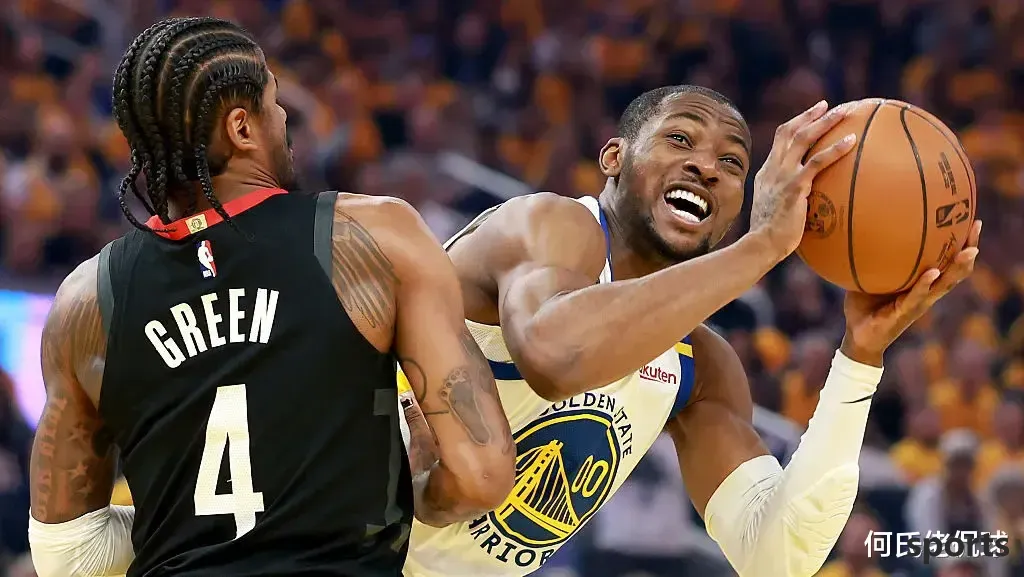
2. What kind of player is Kumingga?
In a general evaluation, Kumingga is a player with strong offense and weak defense. Putting aside a lot of defensive problems, Kumingga also has problems with offense. He has been in the NBA for four years and has never developed his three-point shooting ability. He persistently attacks in his shooting comfort zone, which also leads to him being unable to play at all after leaving the comfort zone.
If I admit that poor defense is a problem of consciousness, but as a No. 4 player, in a team like the Warriors that run a lot without the ball, he not only did not make any progress in rebounding, but also did not make any progress in assists.
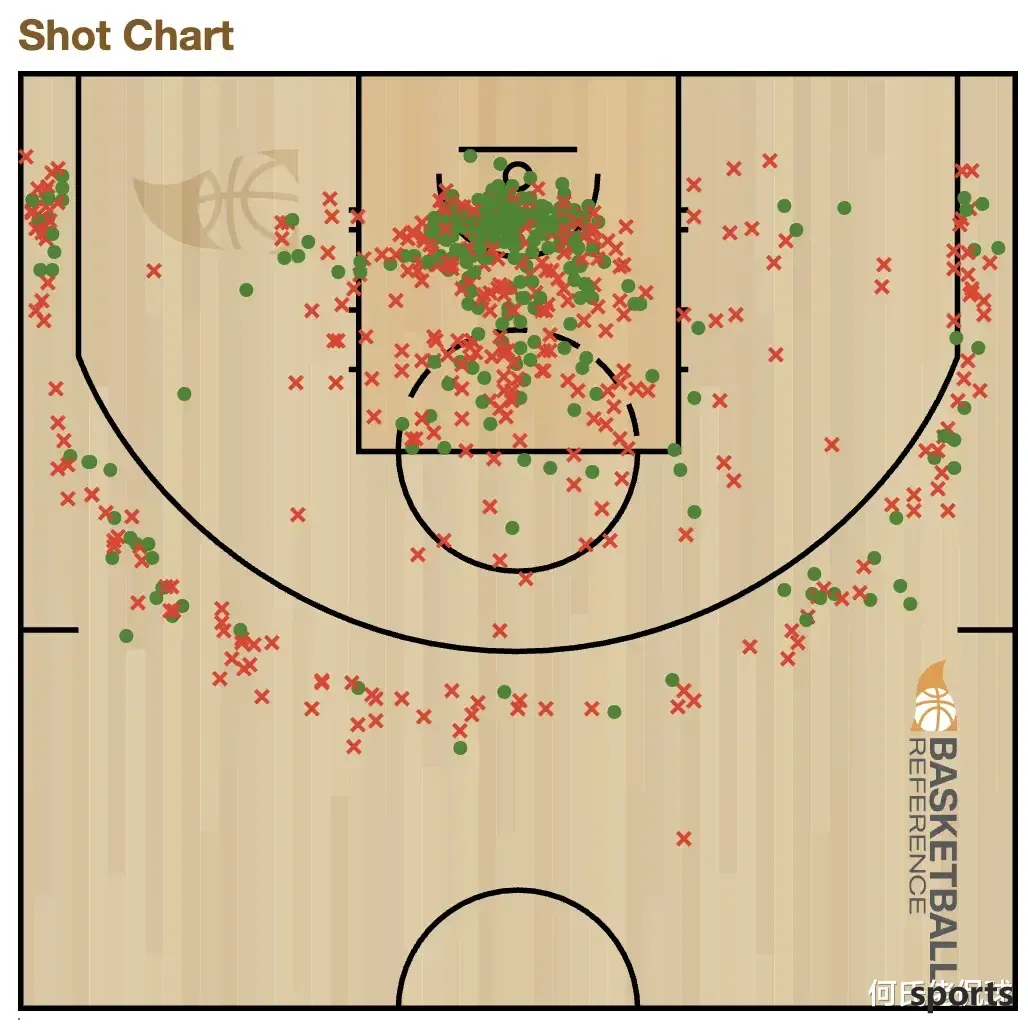
For Kumingga, who is only 22 years old, he is said to be outstanding in talent almost every year and has not fully realized his potential, but his skill package is exactly the same every year. Is this "potential genius" who has no obvious progress really worth $3 million?
Look at Kumingga's shooting hot map last season, except for the 74% shooting percentage of the bottom basketball, the efficiency in other places is terrible. Even in his 3-10-inch shooting comfort zone, his shooting percentage is only 45.3%. In the comfort zone near the basket, it is only 45%, which is similar to the overall shooting percentage of a qualified outside player. There is really nothing to show off in this efficiency.

3. Why do the Warriors dislike Kumingga so much?
The Warriors do want to continue to develop Kumingga's potential, after all, they are only 22 years old, and they played in the NBA for four years when many older rookies were young. But whether it is the team's status, tactical deployment, or offensive priority, Kumingga is just a candidate who comes up when there is a shortage of people. It can be seen from many aspects that the Warriors dislike him.
The typical example is that during the fourth year's ball-raising contract period, he only had 24.3 minutes of playing time, which did not use him as a main player at all. In addition, he has the attributes of a thorn. Klay Thompson was limited in playing time when he was on the team, so he brought a group of young players to the locker room.
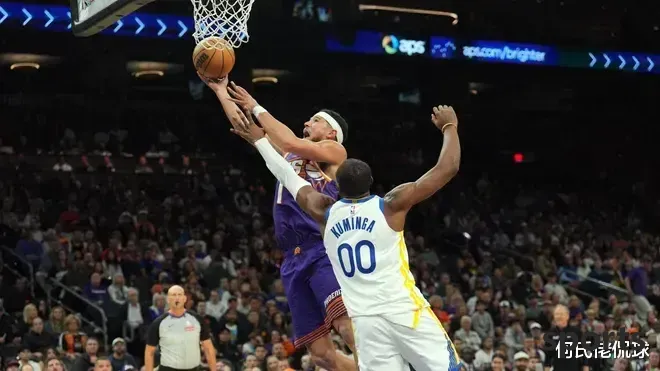
Of course, nothing said above is true. The competitive sports dish is original sin. Kumingga has indeed shown good talent in some aspects, but it is almost a negative effect in the team. In this regard, what is the difference between him and Thomas of the Nets?
The data of Kumingga on and off the court is probably more intuitive. When he was on the court in the 2024-25 season, the team's offensive efficiency value (every 100 rounds) was 111.9, and when he was not on the court, the team was 116.8, and the plus and negative value was -4.9. When he is on the court, his opponent's offensive efficiency is 111.2, and when he is off the court, his opponent is 112.2. Based on the team and his opponent, his plus or negative value per 100 rounds is -3.9.
The data such as entering the playoffs are even worse. When he is on the court, the team's offensive efficiency is 106.4, and when he is on the court, it is 111.7; when he is on the court, the opponent's offensive efficiency is 118.6, and when he is on the court, it is 110.0. Whether it is offense or defense, Kumingga has a negative effect on the court, with the overall positive and negative value as high as -13.8.

What are the players at the level of 30 million?
Jerry Green, who just renewed his contract, has not proved his player yet, but he has received the Suns' contract of 100 million yuan. In addition, there are many parallels in the league with annual salary of 30 million (such as Poole, Anthony Simmons, Garami Grant, Ayton), especially players with strong offense and weak defense are not uncommon. Perhaps this is also the reason why players like Kumingga, Thomas and Gidey dare to bid.
However, the reference value of individual cases is not very significant. In the NBA player market, a considerable number of players with a total of about 30 million yuan are All-Star players.. CJ McCollum, Dejunta Murray, Randall, Sheero and other players all belong to this level, or some functional blue-collar players such as Derek White, Ju Holiday, Harten, and Turner (only 25 million).
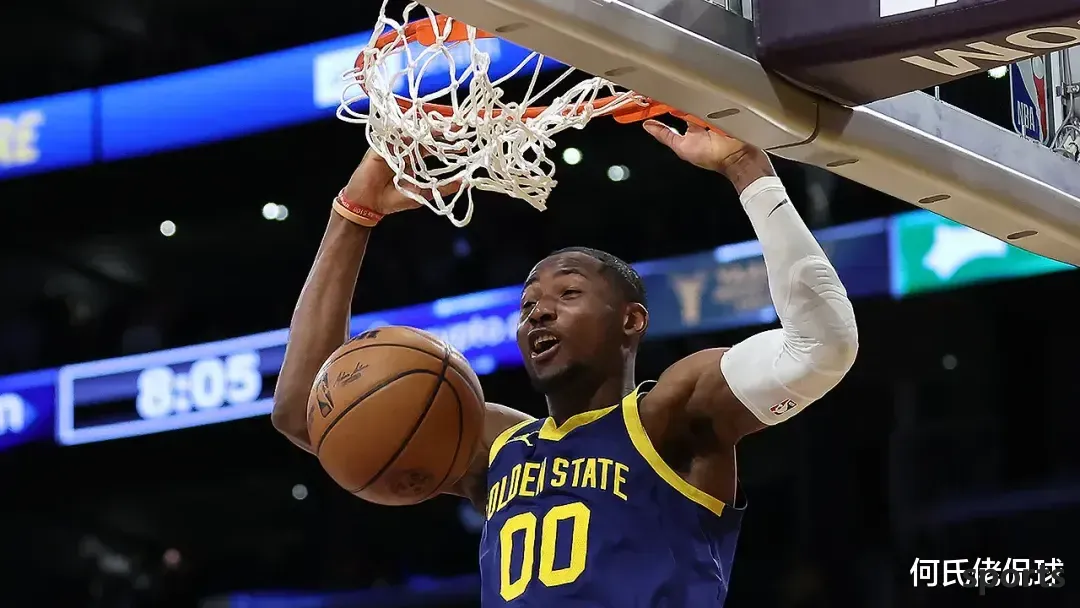
These players are not the second or third players in which team they are in, but at least they are players who can stand on their own. Kumingga may still have potential, but so far he has really not proven that he can support the team.
The league has become used to too many pure offensive players who have no obvious effect on the team, including Anfini Simmons, Poole, Kuzma, Vucevic, and Sexton. These are all players with good data but no benefits for the team, and may even be cancerous. Kumingga is indeed younger than these players and is more worth looking forward to, but how many teams will be willing to give them an annual salary of 30 million yuan?
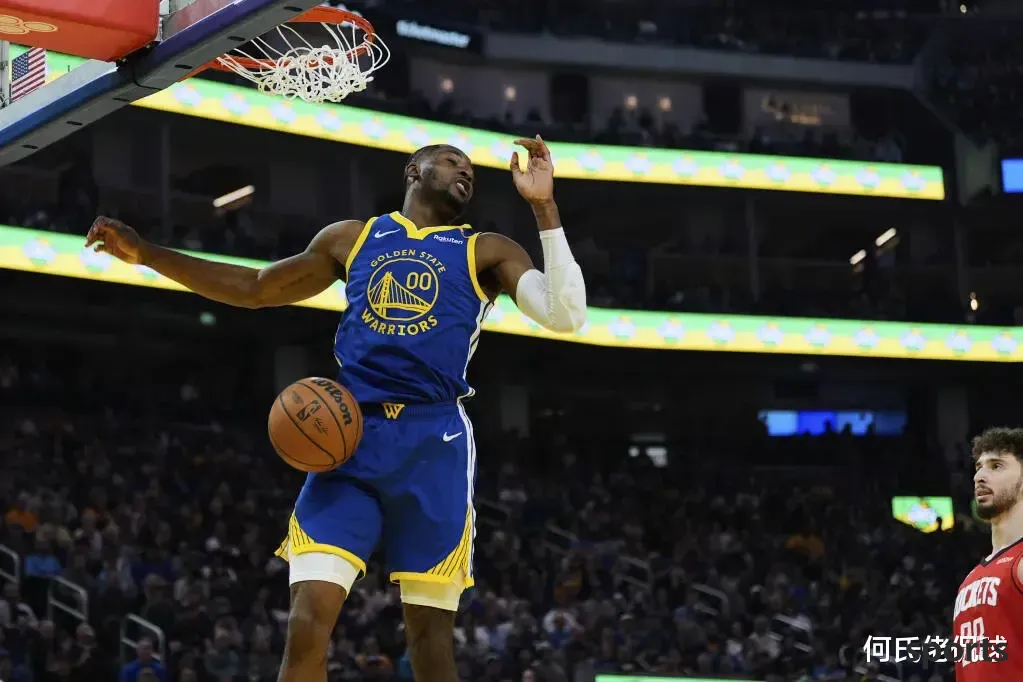
It is said that the Suns are seeking a deal from Kumingga, which is based on the team's reconstruction. Perhaps it is really good for the three parties to trade.
However, the contract renewal of Kumingga, Thomas and Gidey in 2025 is indeed the beginning of the league's no longer blindly believing in talent first, nor is it paying for the fantasy of becoming a superstar. Real geniuses often fully demonstrate their talents in the first three or four years of the league. Now, people who have not proved themselves for four years, and have not even made obvious progress in four years are really worth continuing to cultivate?
source:7m vn sportRelated Posts
- Why is it difficult for Irving to win the championship after leaving James? Even if it forms a three-tier Super Cavaliers lineup!
- The draft rating won A+! The Spurs made two drafts perfectly matched the literary class, but the team has 5 defenders or trades
- James is the first in the first place! US media announces the top 5 in active positions: Curry s point guard is third in KD and second in the first place
- "Big Bug" Dennis Rodman, TA rated NBA 75 Big 62
- Knicks lost 22 points! Brunson expressed dissatisfaction, Towns bet on career, Thibodeau made a statement
- European media: Some NBA teams are interested in top 5 picks Hezonia, and their contract has a buyout clause
- No one cares about it! Average drop of 5 points + annual salary of 30 million yuan, a 100 million contract completely smashed the Blazers
- The only player with a touch of touch! However, the Warriors powerful pitcher cannot help the team turn the situation around?
- Not leaving! Meiji revealed that Antetokounmpo is not expected to apply for a transaction and has expressed his opinion on staying behind the Bucks in the core circle
